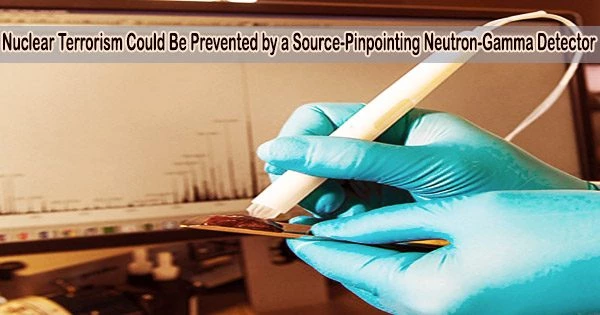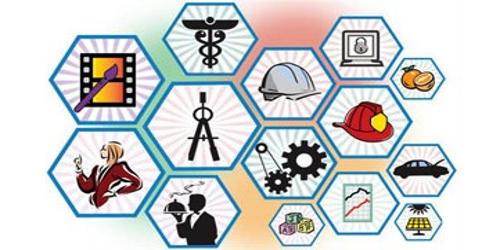Scientists in Sweden today presented scanning equipment with the goal of identifying minute quantities of nuclear material in an effort to stop nuclear terrorism.
According to KTH Royal Institute of Technology’s Bo Cederwall, a professor of physics, the technology can be utilized in airports and seaports for routine cargo and passenger inspection. The study is both published and highlighted in the journals Science Advances and Science.
“A form of tomography, the system enables quick 3D imaging of the source of neutron and gamma ray emissions from weapons-grade plutonium and other special nuclear materials,” Cederwall says.
By monitoring the time and energy correlations between particles emitted in nuclear fission and using machine learning techniques to visualize where they are coming from, the so-called Neutron-Gamma Emission Tomography (NGET) technology surpasses the capabilities of existing radiation portal monitors. The system searches for neutron and gamma ray emission coincidences, which when plotted together in real time allow locating their source.
The research group is looking into equipping drones with the NGET system for this purpose. In case of a radiological emergency, It is extremely important to be able to quickly map the radioactive contamination in the environment in order to protect the population in the best possible way.
Professor Bo Cederwall
“The technology has a very high sensitivity and can within a few seconds detect gram-amounts of plutonium depending on the application and the plutonium isotope composition,” Cederwall says. “It takes a little longer to get a really good picture so you can see exactly where the plutonium is. However, this can be done completely automatically.”
NGET, however, can also be used to detect ambient radiation, such as leakage from nuclear facilities or even natural sources, in addition to nuclear weapons and radiation-dispersing “dirty bombs.”
Cederwall says “the research group is looking into equipping drones with the NGET system for this purpose.”
“In case of a radiological emergency, It is extremely important to be able to quickly map the radioactive contamination in the environment in order to protect the population in the best possible way,” he says.
















